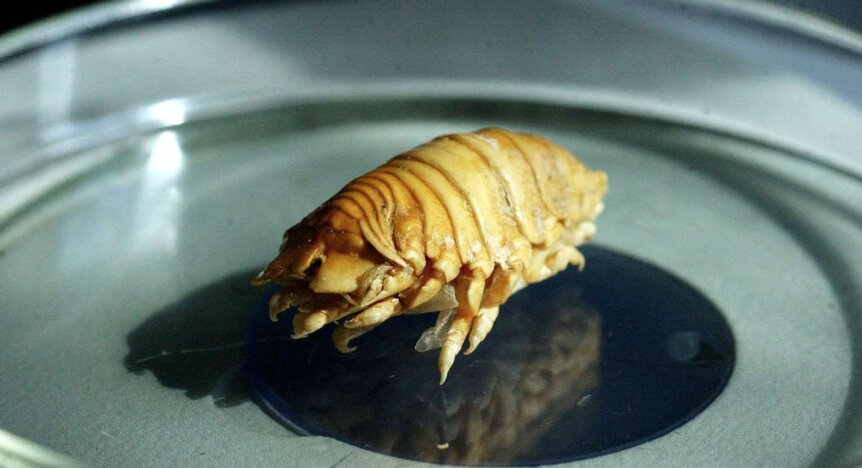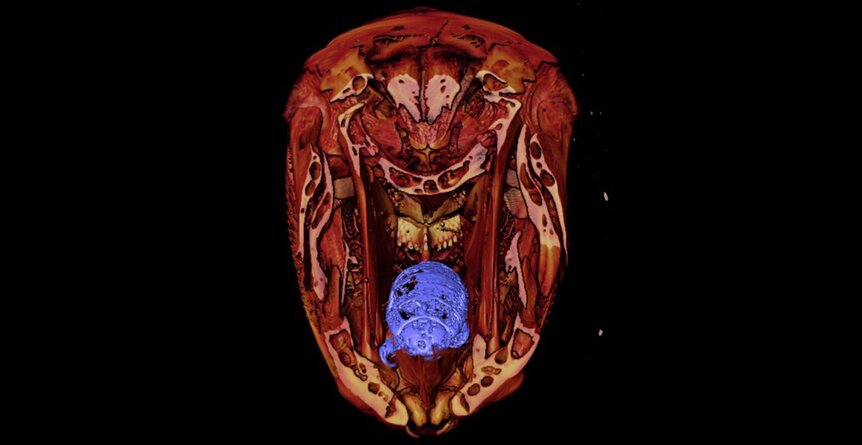Create a free profile to get unlimited access to exclusive videos, sweepstakes, and more!
This bizarre vampire parasite becomes a living tongue inside fish heads

Sometimes the horrors of the natural world seem like something straight out of a gore-fueled midnight fright flick, and this petrifying parasite that feeds off fish heads then acts as a substitute tongue is certainly no exception.
Gird yourself, then meet a bug-like, armored isopod also known as a tongue biter or tongue-eating louse. This gruesome creature dines on the fresh blood supply found in a fish tongue until the whole structure shrinks and finally disappears.
But that's actually the normal part of this predatory assault. After the vampire louse has satiated itself and dispensed with the withered fish tongue, it takes the place of the atrophied organ inside the still-breathing fish!
This horror-show discovery was made by biologist Dr. Kory Evans, an assistant professor in the Department of BioSciences at Houston's Rice University.
He stumbled across the crazy tongue-transforming crustacean during a long session digitizing X-rays of fish skeletons and immediately shared the disturbing images on Twitter last week, even joking that "Mondays aren't usually this eventful."
Such are the oddities of nature. Feeling faint? Sip water and stay with us.
Evans' project over the last few years involves scanning and measuring skull shapes for a group of marine fish called wrasses to understand evolutionary traits. Hidden in the mouth cavity of one of the specimens, Odax cyanollix, he spied what appeared to be a tiny crustacean.
“While I was placing landmarks inside the mouth of one of the fishes, I realized that the inside of the mouth was pretty crowded,” he explained to USA Today. "After a few minutes of hard staring, I realized that I was looking at a tongue-eating louse."
These parasitic fiends are hardly rare and approximately 380 kinds of tongue-eating isopods have been identified. This disgusting species normally enter fish through their gills, then attaches to the fish tongue where it nourishes itself on the organ's blood vessels and eventually completely replaces it.
Tongue-eating lice commonly feed on saltwater game fish and, besides becoming a changeling tongue for the animal, actually do not cause the fish any harm at all. Tell that to the tongue-less, ocean-dwelling victim!
In an even more bizarre twist, this unusual relationship between fish and living tongue often lasts for years, with the parasite sometimes dying much earlier than the host fish.
"It’s nothing for humans to worry about, beyond the visceral reaction of hearing the phrase "tongue-eating lice."" Evans added. "But it is a fascinating look into our fishy friends. They’re barely anything for fishes to worry about, apparently.”
















